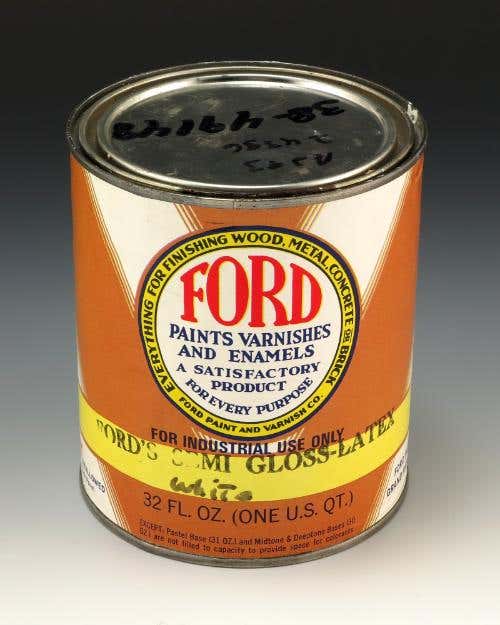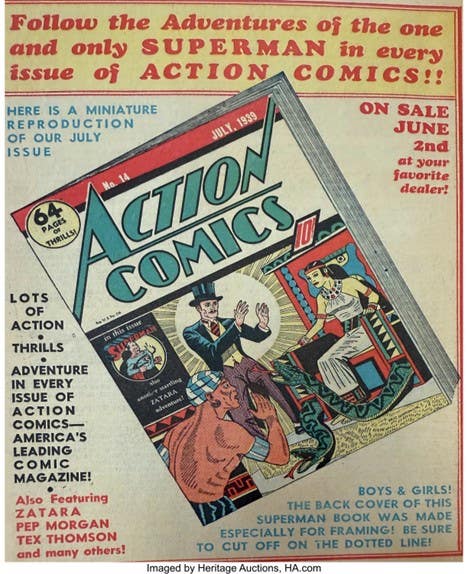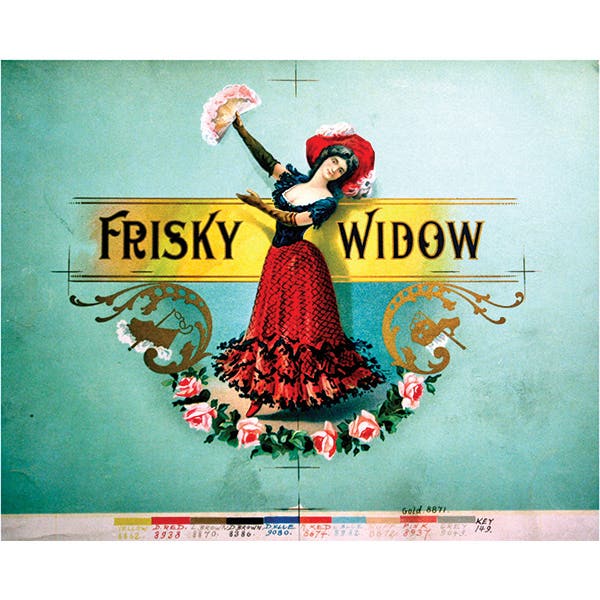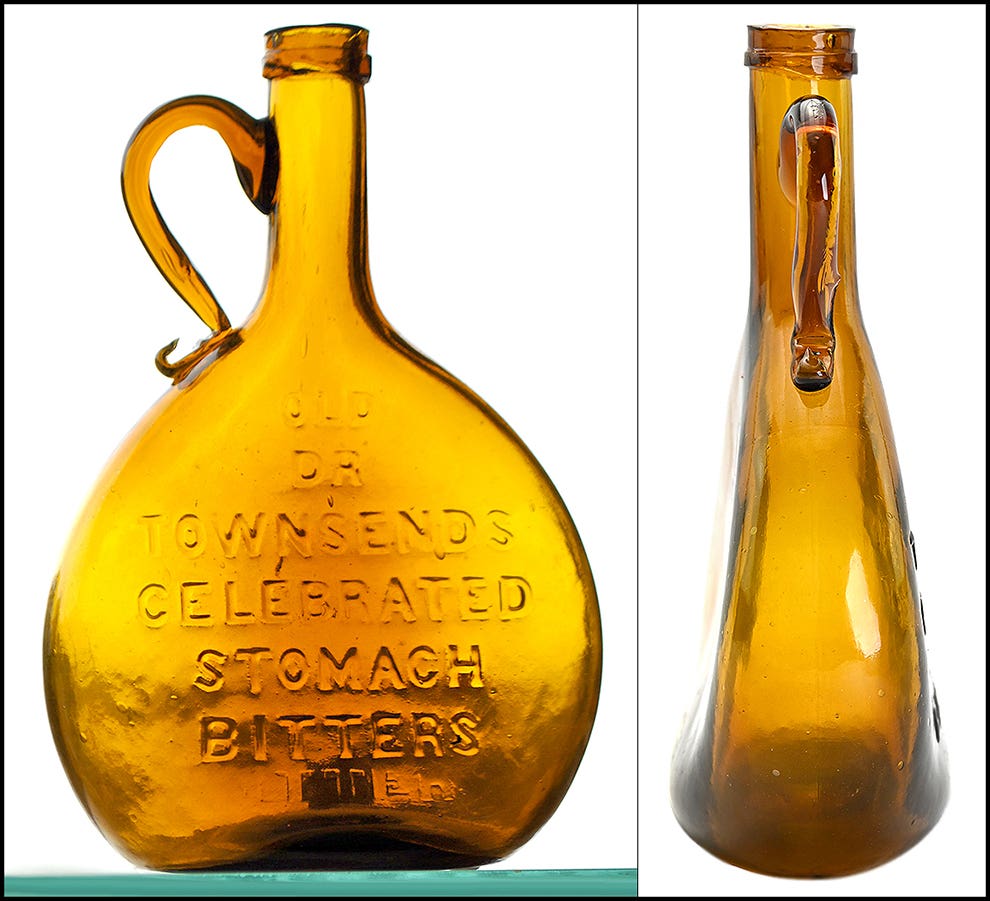The Imaginative Realism of Photographer Berenice Abbott
Best known for her documentary series “Changing New York,” Berenice Abbott was one of the most respected and pioneering photographers of the twentieth century.
Berenice Abbott once had no ambition other than to be a good darkroom assistant, but her artistic instinct and natural talent behind the camera propelled her well beyond that to become one of the most respected and pioneering photographers of the twentieth century.
Abbott is best known for her documentary series “Changing New York” (1936-1938), which captured the architecture and shifting social landscape of the city during the Great Depression as a part of the Works Progress Administration’s Federal Art Project.
Abbott also took famous portraits of author James Joyce and other writers and artists, and developed a new kind of scientific photography that made her technical images of bouncing balls to depict gravity and the geometry of soap bubbles also function as fine art.
“A photograph is not a painting, a poem, a symphony, a dance. It is not just a pretty picture, not an exercise in contortionist techniques and sheer print quality,” Abbott once explained. “It is, or should be, a significant document, a penetrating statement, which can be described in a very simple term — selectivity.”
Born in Springfield, Ohio, in 1898, Abbott said that she had a lonely and unhappy childhood, which she credited for the independent and determined spirit that served her well during her adulthood and career. She left home in 1917 when she was around 19 and enrolled at Ohio State University to study journalism, but left for New York a year later. It was around this time that she became interested in sculpting, but after realizing that she would not be able to sustain a living with it in New York, she thought she might have better luck in Paris and moved there in 1921.
“You’re finding yourself as you go along when you’re young,” Abbott said. “Youth often enters a field that isn’t always the right choice.”
She discovered the right choice for her in 1923 when she met American visual artist Man Ray, who was a significant contributor to the Dada and Surrealist movements and had also moved to Paris. A renowned fashion and portrait photographer, Ray also did pioneering work through his experimentation with photograms, photographic images made without a camera by placing objects directly onto the surface of a light-sensitive material such as photographic paper, and then exposing it to light. Ray dubbed his images “Rayographs.”
Ray hired her as his darkroom assistant, and she initially had no interest in photography other than being a good assistant.
“Man Ray did not teach me photographic techniques. One day he did, however, suggest that I ought to take some myself; he showed me how the camera worked and I soon began taking some on my lunch break,” said Abbott. “I would ask friends to come by and I’d take pictures of them. The first I took came out well, which surprised me. I had no idea of becoming a photographer, but the pictures kept coming out and most of them were good. Some were very good and I decided perhaps I could charge something for my work.”
Abbott’s reputation and clientele base quickly grew and she soon opened her own portrait studio, which a steady stream of famous people in literature, art and fashion, and other notable Parisian society figures, made their way to. Abbott presented them all with an imaginative realism. Rather than posing formally, her subjects tended to move casually, frequently even slouching, and occasionally were captured in conversation or interaction with her, striking playful stances.
“I wasn’t trying to make a still life of them, but a person,” she has said. “It’s a kind of exchange between people — it has to be — and I enjoyed it.”
In 1926, Abbott had her first solo exhibition at the Jan Slivinsky Gallery titled, “Portraits Photographiques,” and the show was critically acclaimed.
During the ten years Abbott spent in Paris, Ray introduced her to Eugene Atget, a French pioneer of documentary photography, noted for his determination to document all of the architecture and street scenes of Paris before their disappearance to modernization. Atget inspired Abbott’s interest in reflecting urban architecture and life through photography. After his death, Abbott was able to buy a great deal of his negatives and published and promoted his work until she sold the collection to the Museum of Modern Art in 1968.
Abbott returned to New York in 1929, fascinated by the changes that had happened in her absence, and immediately recognized the photographic potential of the city. Following in the footsteps of Atget, she began the monumental work of documenting its visual presence — the sweeping technological innovations, its bridges and canyon-like streets that skyscrapers towered over, nineteenth-century brownstones, littered streets, the hum and vitality, and its transformation at night into a fairyland of sparkling light and glitter. Abbott compared and contrasted how individuals lived and highlighted the diversity of life in New York City without romanticizing the subject. Her straight photography approach gave all her work a sense of objective clarity and realism.
This project, which was one that demanded great individuality of imagination, vitality and perseverance had met the right artist with Abbott and the rest is history.
“To me, photography is a means, perhaps the best means, of our age — of widening knowledge of our world. Photography is a method of education, for acquainting people of all ages and conditions with the truth about life today,” Abbott said.
Her efforts were finally rewarded in 1935 when the New Deal’s Federal Art Project of the WPA agreed to sponsor “Changing New York,” and by the end of the project in 1939, Abbott had produced more than 300 photographs that were exhibited at the Museum of the City of New York. A book of the same title, published in 1939, was a milestone in the history of photography.
Abbott also developed an all-new kind of scientific photography and also in 1939, she wrote a “manifesto” titled, “Photography and Science.”
“We live in a world made by science,” she said. “There needs to be a friendly interpreter between science and the layman. I believe photography can be this spokesman, as no other form of expression can be.”
Abbott initially sought commercial assignments for companies including IBM and Standard Oil. Simultaneously, she was experimenting with ways to photograph magnetism and electricity and, in her attic, inventing various photography machines, including a “Super Sight” camera that allowed her to enlarge an object’s projection before exposure rather than on a negative in the darkroom. Abbott taught herself how to do all of this and was meticulous in planning exposures to the second and employing stroboscopic lights to trace the trajectory of bouncing or swinging metal balls.
Describing one of her wave pattern images, she said: “My idea was to do a Rayogram in motion. Moholy-Nagy and Man Ray had done pictures by putting objects on sensitized paper, but I wanted to do the same thing in motion.”
To this end, she placed a piece of light sensitive paper in the bottom of a developing tray and “flashed the light.”
Abbott’s often formally beautiful and mysterious science photographs, made between 1939 and 1960, received academic and critical appraisal and can also be viewed as fine art.
In 1944, she became the photographic editor of Science Illustrated and, in September of that year, made one of her most striking scientific photographs: a stark, almost modernist, delineation of the molecular structure of soap bubbles. Her breakthrough came in 1958, when she went for a job interview at the physical science study committee at the Massachusetts Institute of Technology, conducted by Dr Elbert P Little.
“I told him that scientists were the worst photographers in the world,” she said. “They need the best – and I was the one.”
Abbott spent two years at MIT creating photographs that memorably document the principles of physical science — mechanics, electromagnetism, and waves. A small selection of her ensuing photographs were subsequently published in 1960 in a groundbreaking American educational book titled, Physics, which was studied by millions of high school pupils.
In 2012, MIT put her scientific images back in the spotlight with an exhibition titled, “Berenice Abbott: Photography and Science: An Essential Unity.”
“Abbott was a collaborative artist who used the potent force of her imagination to illustrate, and to inspire scientists, whom she viewed as fellow creators, grounded in reality, but ready to make leaps of discovery,” MIT said.
Abbott’s New York and science photos come to auction often and sell for thousands of dollars — many in the five figures. There are a number of her photos coming to auction at Heritage Auctions and Sotheby's on April 4, and two lots are up for auction at Christie’s on June 3.
In 1954, Abbott discovered Maine when she took an auto tour of U.S. Route 1 from Key West, Florida, to Fort Kent, Maine, and made her home there for the rest of her life. In 1968, the book, A Portrait of Maine, was published with 128 of Abbott’s photographs and received popular and critical acclaim.
She was inducted into the International Photography Hall of Fame and Museum in 2000.
Abbott died in Maine in 1991, at age 93. “I am so fascinated with this century,” she once said. “It will help keep me alive. I’ll be there until the last minute, fighting.”








